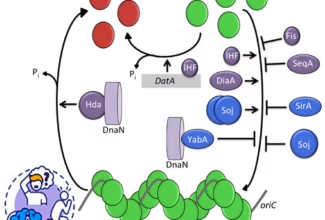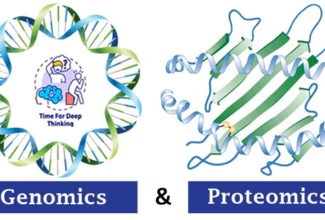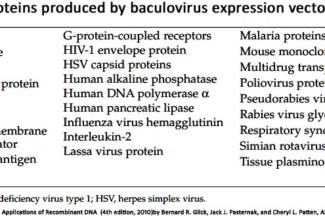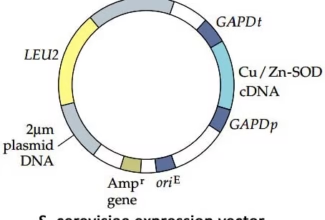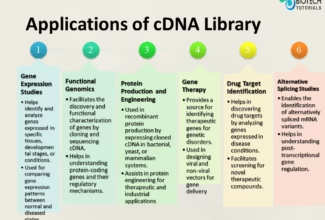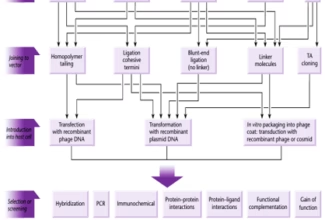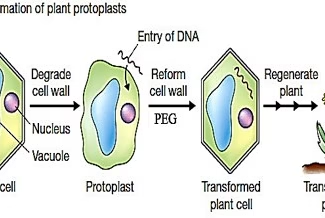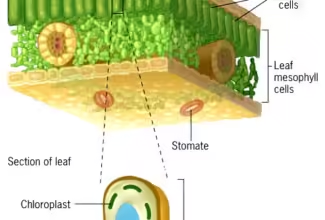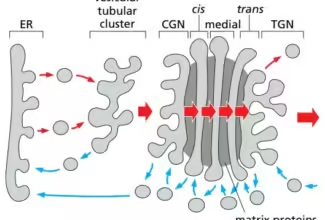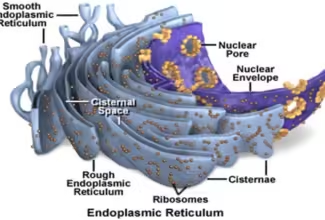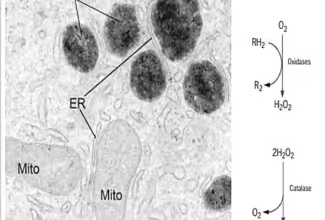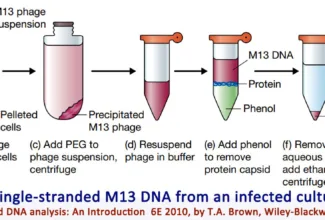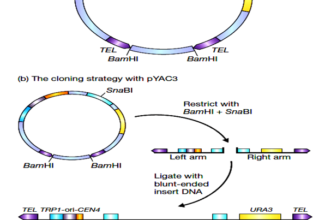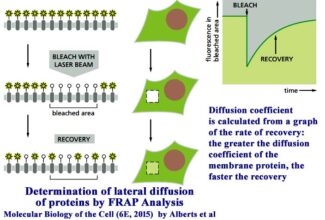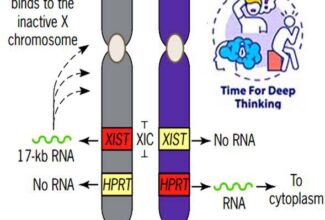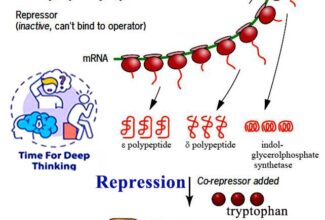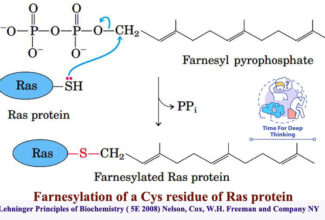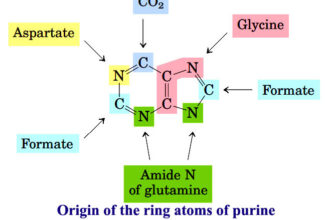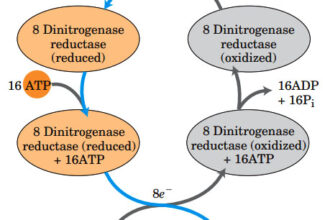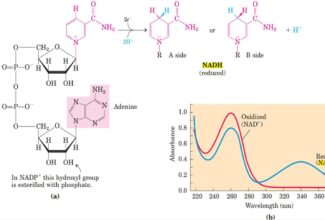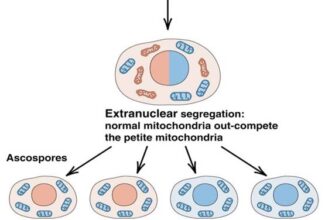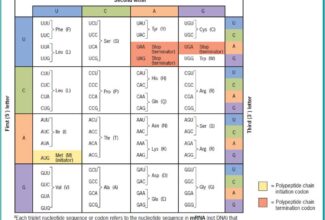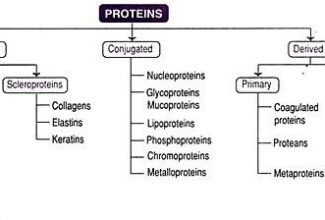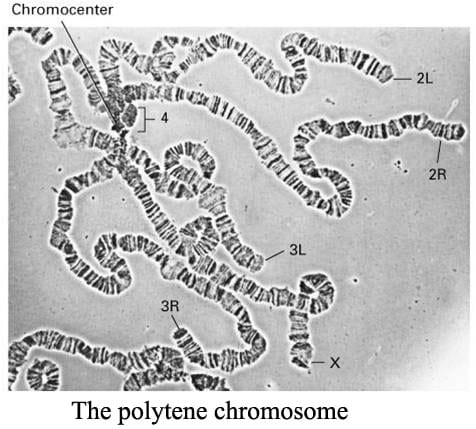
Giant Chromosomes: Polytene Chromosome and Lampbrush Chromosome
Polytene chromosome
- Polytene chromosome was discovered by Balbiani in 1881 in dipteran larval salivary glands (also known as salivary gland chromosomes).
- Found also in other tissues including gut epithelium, Malpighian tubules and some fat bodies of Diptera (Drosophila, Sciara, Rhyncosciara)
- These chromosomes are very long and thick (upto 200 times their size during mitotic metaphase in the case of Drosophila)
- They are formed due to multiple round of replication without separation of sister chromatids. In these cases, the duplicated chromosomes pile up next to each other, forming a bundle of strands that are aligned in parallel. The resulting chromosomes are said to be polytene from the Greek words meaning “many threads.”.
- The giant chromosomes of Drosophila consist of about 1,024 strands after 10 rounds of replication (210).
- In the case of Chironomus may have about 4,096 strands.
Lampbrush Chromosome
- Lampbrush chromosomes are the giant chromosomes found in oocyte nuclei of vertebrates (sharks, amphibians, reptiles and birds) as well as in invertebrates (Sagitta, Sepia, Echinaster and several species of insects).
- It was given this name because it is similar in appearance to the brushes used to clean lamp chimneys in centuries past.
- First observed by Flemming in 1882 and the name lampbrush was given by Ruckert in 1892.
- Lampbrush chromosomes are up to 800 µm long; thus they provide very favorable material for cytological studies.
- The homologous chromosomes are paired and each has duplicated to produce two chromatids. Each lampbrush chromosome contains a central axial region, where the two chromatids are highly condensed.

